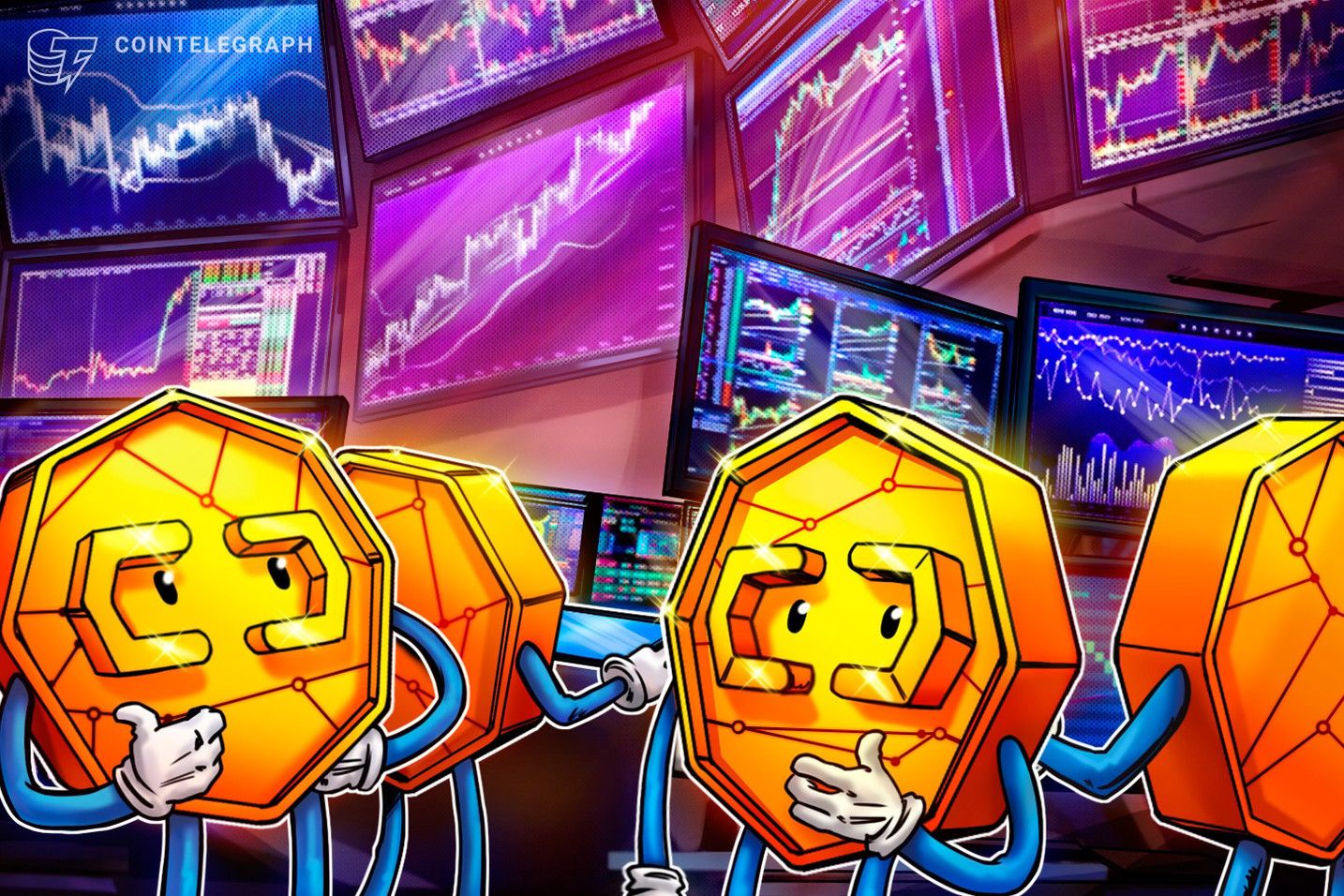Everyone is celebrating a rate cut in September, but is Powell's speech really that "dovish"?
Federal Reserve Chairman Powell’s speech at the Jackson Hole annual meeting was interpreted by the market as a signal for a rate cut in September, driving US stocks to new highs. However, economist Jonathan Levin pointed out that Powell actually conveyed the difficult balance between weak employment and high inflation, suggesting that a rate cut is more likely a defensive measure against economic deterioration, rather than a response to cooling inflation. He emphasized that the market is overly optimistic and that the future policy path may be slower and more uncertain than expected. Summary generated by Mars AI This summary was generated by the Mars AI model. Its accuracy and completeness are still being improved through iterative updates.
Last Friday, Federal Reserve Chairman Jerome Powell's speech at the Jackson Hole Global Central Bank Annual Meeting was widely interpreted as a clear signal for a rate cut in September. This statement instantly ignited market enthusiasm, with U.S. stocks reaching new historical highs.
However, American economist and Stanford University President Jonathan Levin wrote in a Bloomberg column on Saturday that a deeper interpretation of Powell's speech at Jackson Hole reveals that its core message is not unconditional easing, but rather a difficult balancing act in a foggy economic environment, weighing the dual risks of a sluggish labor market and high inflation.
Levin stated that the market's exuberant reaction on Friday largely ignored the key subtleties in Powell's speech. He emphasized that if the Federal Reserve does cut rates, the reason may be that the economy is in trouble and the central bank is forced to intervene, rather than because inflation is cooling. This profound background was drowned out by the market's initial reaction.
The article emphasizes that Powell admitted in his speech that policymakers are facing a thorny task: balancing the dual mandate of promoting full employment and maintaining price stability. This policy dilemma suggests that the future path of rate cuts may be slower and more uncertain than the market expects.
Difficult Choices Under Dual Mandates
The article points out that when the inflation rate soared to 9.1% in 2022, the Federal Reserve's goal was very clear, and policy consensus was relatively easy to reach. But now, the situation faced by policymakers is much more complicated.
Powell also emphasized in his speech:
“When our goals are in tension like this, our framework requires us to balance the two aspects of the dual mandate.”
Levin explained that on one hand, although the unemployment rate is low, labor market data has begun to waver. On the other hand, the inflation rate is still slightly above the Federal Reserve's 2% target.
The article cites Powell's speech, stating, “Our policy rate is now about 100 basis points closer to neutral than a year ago,” which allows the Federal Reserve to “act cautiously.” But he also warned, “Monetary policy is not set on a preset course.”
This policy divergence has already emerged within the Federal Reserve. The decision in July to keep rates at 4.25% to 4.5% sparked opposition from two board members, the first time this has happened since 1992, highlighting the significant differences in interpreting current economic data.
Downside Risks in the Labor Market
The article emphasizes that behind the market's cheers for rate cuts, a key point that is being overlooked is: the main motivation for the Federal Reserve to cut rates may stem from concerns about economic deterioration.
In his speech on Friday, Powell specifically pointed out that the current labor market is in a “peculiar balance,” with both labor supply and demand slowing significantly, partly due to tighter immigration policies.
Powell was blunt about this:
“This unusual situation suggests that downside risks to employment are rising. If these risks materialize, they could quickly appear in the form of a sharp increase in layoffs and a rise in the unemployment rate.”
In other words, a rate cut would be a defensive move, not a declaration of economic strength.
The article notes that other data also support this concern. Powell mentioned that in the first half of this year, U.S. GDP growth was only about half of that in 2024, partly due to a slowdown in consumer spending. This does not align with the foundations of a continued bull market in stocks.
The Unresolved Inflation Dilemma
While worrying about the job market, inflation risks still persist.
The article states that many economists continue to worry that the tariff policies promoted by Trump will push up commodity prices in the coming months or even quarters. Although the current impact is still moderate, industry insiders expect that when the 2026 model year cars are launched, the pressure for price increases will truly emerge.
How to deal with the price shock brought by tariffs is itself a topic of fierce debate. Doves believe that policymakers should ignore this “one-off” change in price levels; hawks worry that, after nearly five years of high inflation, this could further fuel runaway inflation expectations.
Levin believes that Powell himself seems to lean toward the camp that “ignores” the impact of tariffs, which may be one of the few dovish signals in his speech. But he also clearly warned, “We cannot take for granted that inflation expectations will remain stable,” and acknowledged concerns in this regard.
Market Reaction May Be Overdone
The article concludes by emphasizing that the market's dovish interpretation of Powell's speech may be somewhat excessive, or perhaps because investors had generally expected a tougher stance, leading to position adjustments. The actual situation is much more subdued, but entirely appropriate for the current economic climate.
Beyond policy challenges, Powell's speech also skillfully avoided political pressure from Trump to cut rates sharply. From any angle, there was no sign in Powell's speech of yielding to pressure.
Levin stated that, based on existing data, the Federal Reserve appears ready to cut rates as early as next month, and then resume exploring appropriate interest rate levels to support sustainable growth and low inflation. But the outlook remains highly uncertain, and the process of policy easing may be slower than the market expects.
Disclaimer: The content of this article solely reflects the author's opinion and does not represent the platform in any capacity. This article is not intended to serve as a reference for making investment decisions.
You may also like
Conflicted Fed cuts rates but Bitcoin’s ‘fragile range’ pins BTC under $100K

Fed rate cut may pump stocks but Bitcoin options call sub-$100K in January

"Validator's Pendle" Pye raises $5 million, enabling SOL staking yields to be tokenized
There are truly no creative bottlenecks in the financialization of Web3.

DiDi has become a digital banking giant in Latin America
DiDi has successfully transformed into a digital banking giant in Latin America by addressing the lack of local financial infrastructure, building an independent payment and credit system, and achieving a leap from a ride-hailing platform to a financial powerhouse. Summary generated by Mars AI. This summary was produced by the Mars AI model, and its accuracy and completeness are still being iteratively improved.

